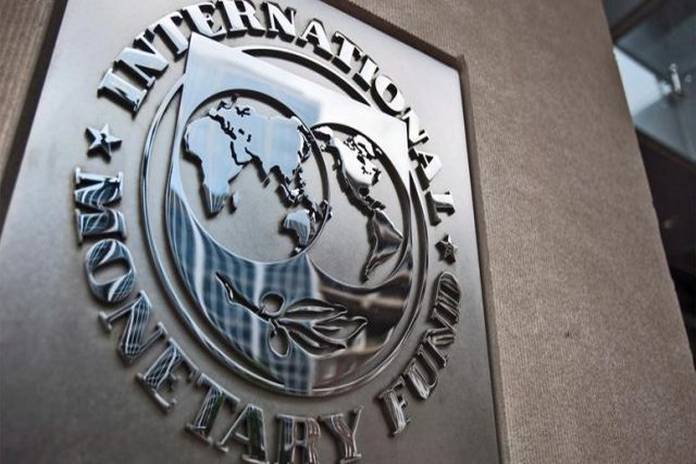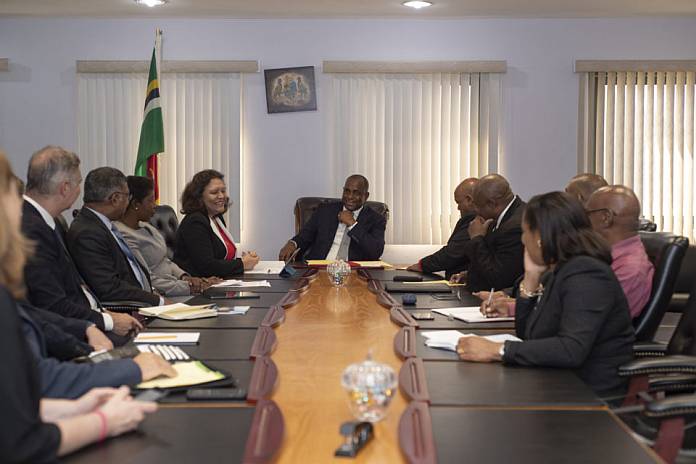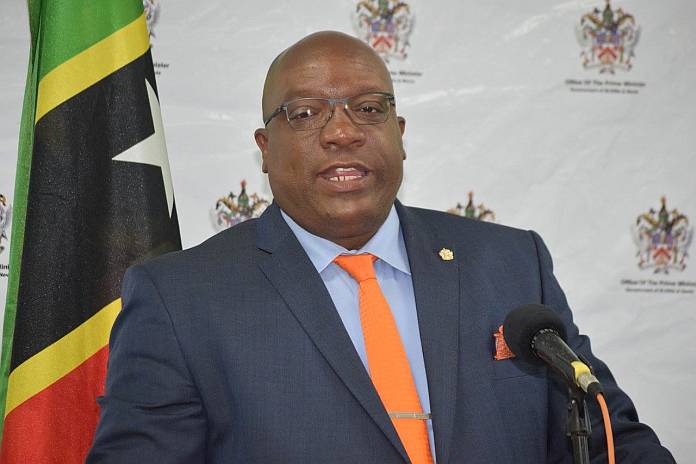
ROSEAU, Dominica — The International Monetary (IMF) has issued a concluding statement describing the preliminary findings of staff at the end of an official visit to Dominica.
1. The economy is recovering strongly following the destruction wrought by hurricane Maria. Output growth in 2019 is estimated at 10 percent, largely offsetting the cumulative decline of 10 percent since the hurricane. Construction has been the main sector leading the recovery, with large investments in infrastructure and public services, aimed at building resilience to natural disasters. Tourism and agriculture, key for exports and employment, are growing with support from government programs and financing, but remain significantly below potential in light of the significant loss of trees and equipment. Output is projected to reach pre-hurricane levels by 2020, and growth to rise above potential in the medium-term, owing largely to significant foreign investment in new hotels expected to start operations by end-2019. In the context of an uptick in tourism prospects, the increase in room supply above pre-hurricane levels should give a fillip to economic activity.
2. Large-scale public investment aimed at rehabilitation, reconstruction and resilience while contributing to growth, has worsened the fiscal outlook. The fiscal deficit is projected to remain large in FY2019/20 at 7 percent of GDP, but this is a significant improvement (4 percent of GDP) relative to the estimated outturn for FY2018/19. The narrowing of the deficit is explained by the recovery of tax revenues and more measured execution of public investment, owing to the decline of readily-available Citizenship-by-Investment (CBI) deposits. Beyond the near-term, fiscal deficits are expected to narrow gradually with financing constraints becoming binding, constraining the space to sustain elevated levels of public investment. Based on conservative projections of CBI revenues and loan disbursements from multilateral and bilateral creditors, and given downwardly-rigid recurrent spending, staff projects the fiscal space for public investment to decline to 4 percent of GDP by 2023. This low level of investment is insufficient to sustain resilient infrastructure needs and is a large decline from the 15 percent of GDP annual investment average in the previous five years. Public debt remains high at around 80 percent of GDP in the medium term.
3. External current account deficits are projected to decline over the medium term, from over…






